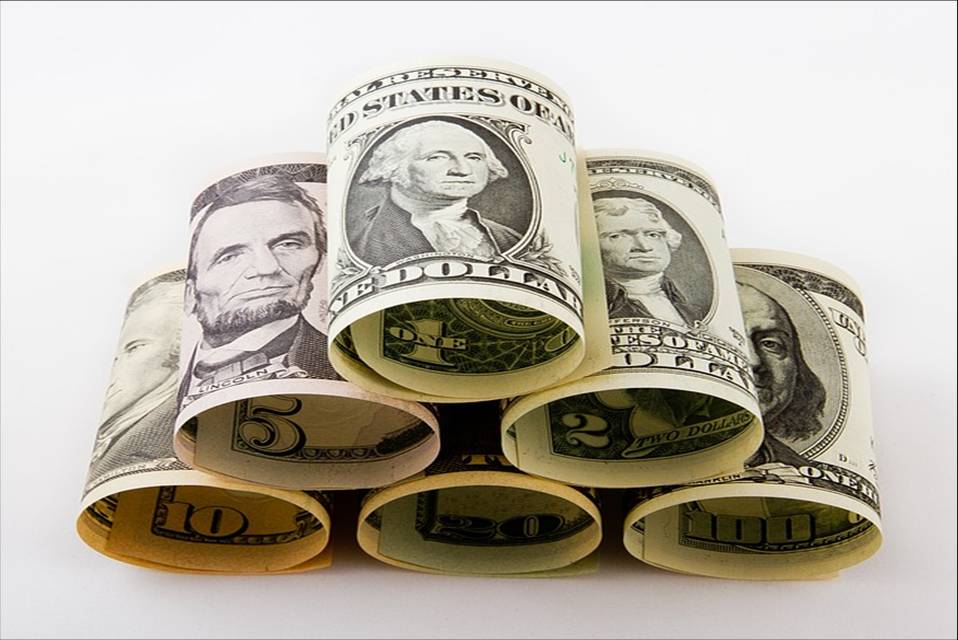Investment Strategies
Consider Private Markets As Inflation Hedge – Study

Outside big institutions and extremely wealthy individuals, private market investments are often off the table, but that must change because such assets can bring "inflation-hedging capabilities," the report argues.
Offering alternative strategies to hedge inflation continues to be an urgent wealth management task. According to a study, 58 per cent of firms said this was a big objective last year compared with 21 per cent in 2019. Private capital – for long a preserve of the wealthiest individual investors – should be made more available to retail investors as an inflation bulwark, Cerulli Associates said.
And in 2022, with inflation rising to the levels not seen since the early 1980s, the need for inflation-protection investment remains a strong theme in investment commentaries and asset allocation positions from wealth managers.
“Cerulli recommends that asset managers that are offering, or are actively evaluating opportunities to offer, private capital exposures to retail investors will experience stronger tailwinds in the coming years as inflation (and inflation-related interest-rate movements) dampens returns of traditional asset exposures,” it said. The firm added that it thinks the “winners will be firms that can offer attractively priced exposures via best-fit structures – along with those that are able to communicate inflation-hedging capabilities to advisors and end-investors.”
In its study, The Cerulli Edge – US Monthly Product Trends, the Boston-based research and analytics firm noted that US mutual fund assets sharply dropped in April and that the inflation-protected sub-asset class received only 8 per cent of US taxable fixed-income allocations in 2021, a share Cerulli anticipates will “consistently increase” throughout 2022.
“For Series I Savings Bonds issued from May 2022 through October 2022, the interest rate is 9.62 per cent. In most cases, investors can purchase only up to $10,000 in I bonds through TreasuryDirect.gov each calendar year. Additionally, one can purchase up to $5,000 in paper I bonds using a federal income tax refund each calendar year. Offering alternative strategies as an inflation hedge continues to increase as an objective – 58 per cent of firms cited it as a key objective in 2021, compared to just 21 per cent in 2019,” it said.
In a recent note, UBS argued that investors should be more focused on mitigating inflation than worrying about recession, even though it thinks the latter is highly likely to happen at some point.
